New edition of Espresso Italiano Tasting: the sensory analysis of the Italian espresso in a single volume
The new edition of the International Institute of Coffee Tasters’ book, a bestseller in the coffee business, will be presented at Host 2017. The book that has proved essential in the training of many professionals in the coffee business returns with a totally new edition: Espresso Italiano Tasting, guide to the sensory analysis of the Italian espresso. A bestseller right from the first edition in 2002 and a bet that paid off for the International Institute of Coffee Tasters (Iiac), which has translated it into 11 languages, intended principally for its associates (more than 10,000 in over 40 countries around the world) and, naturally, for anyone who wishes to learn more on the subject.
A book with one eye on the future right from the very first edition. “Iiac’s year of foundation puts it among the longest-operating organizations of the sector: 1993. Created to develop coffee tasting methods, its success story has been interwoven with the unique and compelling coffee extraction that is the Italian espresso,” points out Luigi Odello, Iiac Chairman and co-author of the book. “It was clear to the founders of the Iiac right from the start that they needed an accurate method of sensory analysis to measure the characteristics of the Italians’ best-loved cup of coffee.”
A book that serves and is of immediate use primarily to the coffee sector. “Indeed, the coffee industry distinguishes itself inasmuch as it is incredibly fragmented over space and time,” continues Carlo Odello, Iiac advisor and co-author of the volume, “so there is the risk that the different parts fail to understand each other, which is why sensory analysis assumes a crucial role today: it enables the parts involved to discuss the product in an effective manner and contributes to achieving their set objectives, the most worthy of which is to offer a high-quality espresso.”
The new edition of Espresso Italiano Tasting will be presented at Host 2017 in Milan from 20 to 24 October in the area of the Italian National Espresso Institute and the International Institute of Coffee Tasters (Pav. 22, Stand T32).
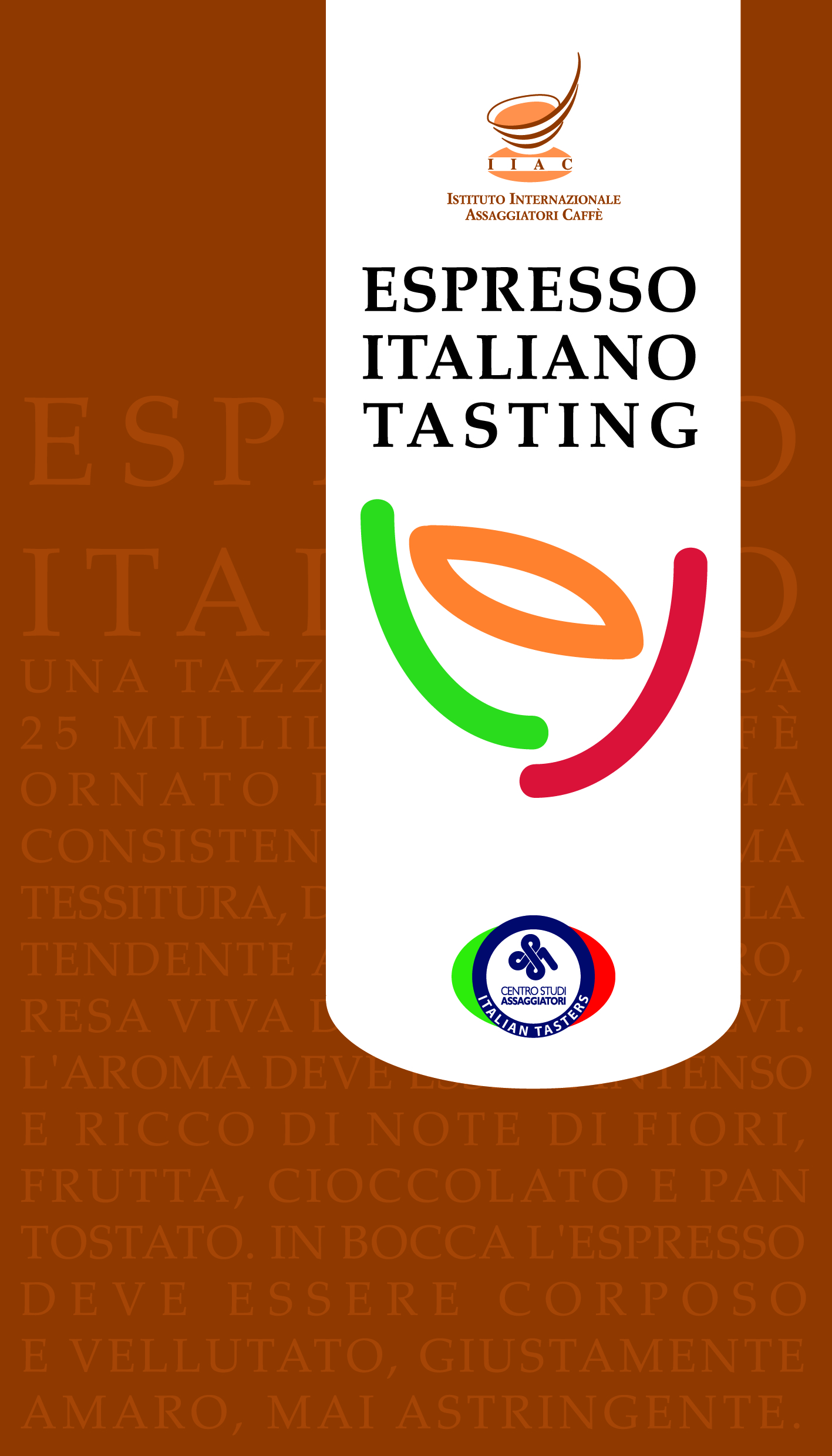
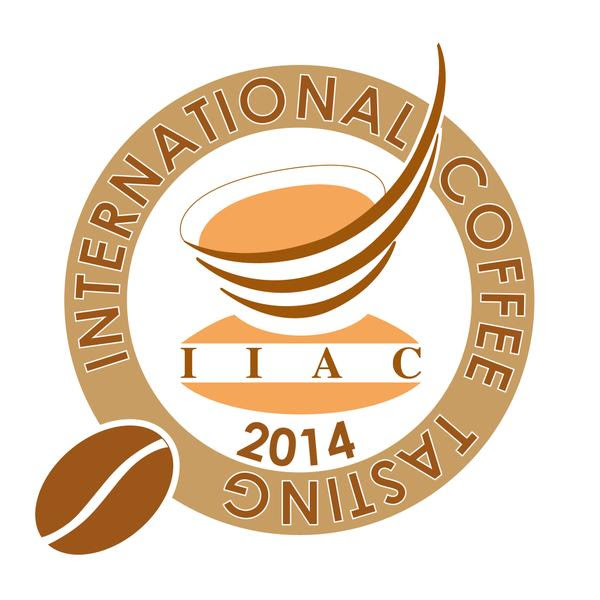 Si è chiusa a Brescia la sesta edizione di International Coffee Tasting 2014, il concorso tra caffè organizzato dall’Istituto Internazionale Assaggiatori Caffè (Iiac). Iscritti al concorso 149 caffè da 15 paesi (Italia, Corea, Australia, Canada, Cina, Germania, Giappone, Portogallo, Slovenia, Spagna, Svizzera, Thailandia, Taiwan, Stati Uniti, Vietnam). Le valutazioni sensoriali sono state affidate a 26 giudici di 9 paesi diversi (Corea, Danimarca, Giappone, Italia, Malesia, Serbia, Slovenia, Spagna, Svezia).
Si è chiusa a Brescia la sesta edizione di International Coffee Tasting 2014, il concorso tra caffè organizzato dall’Istituto Internazionale Assaggiatori Caffè (Iiac). Iscritti al concorso 149 caffè da 15 paesi (Italia, Corea, Australia, Canada, Cina, Germania, Giappone, Portogallo, Slovenia, Spagna, Svizzera, Thailandia, Taiwan, Stati Uniti, Vietnam). Le valutazioni sensoriali sono state affidate a 26 giudici di 9 paesi diversi (Corea, Danimarca, Giappone, Italia, Malesia, Serbia, Slovenia, Spagna, Svezia).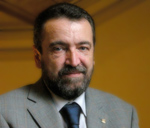 by Luigi Odello (president of the International Institute of Coffee Tasters)
by Luigi Odello (president of the International Institute of Coffee Tasters)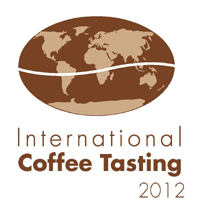 Brescia, 7 november – The fourth edition of the International Coffee Tasting held in Brescia on the 29th and 31st October has closed. Coffees from all around the world have been challenging each other. 26 judges from 11 countries were given the task of assessing as many as 113 coffees from 13 countries: the winning products of the competition were chosen from a truly international selection (Editor’s note: the list is below).
Brescia, 7 november – The fourth edition of the International Coffee Tasting held in Brescia on the 29th and 31st October has closed. Coffees from all around the world have been challenging each other. 26 judges from 11 countries were given the task of assessing as many as 113 coffees from 13 countries: the winning products of the competition were chosen from a truly international selection (Editor’s note: the list is below).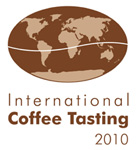 The third edition of International Coffee Tasting, the international coffee contest organized by the International Institute of Coffee Tasters, ended on October 27. For two days, 27 tasters from nine different countries (Italy, Japan, Poland, Slovakia, Slovenia, Sweden, Switzerland, Serbia, Germany) evaluated 121 coffees from Italy, Germany, Mexico, Poland, Slovenia, Spain, Switzerland, Thailand, and the USA.
The third edition of International Coffee Tasting, the international coffee contest organized by the International Institute of Coffee Tasters, ended on October 27. For two days, 27 tasters from nine different countries (Italy, Japan, Poland, Slovakia, Slovenia, Sweden, Switzerland, Serbia, Germany) evaluated 121 coffees from Italy, Germany, Mexico, Poland, Slovenia, Spain, Switzerland, Thailand, and the USA.
